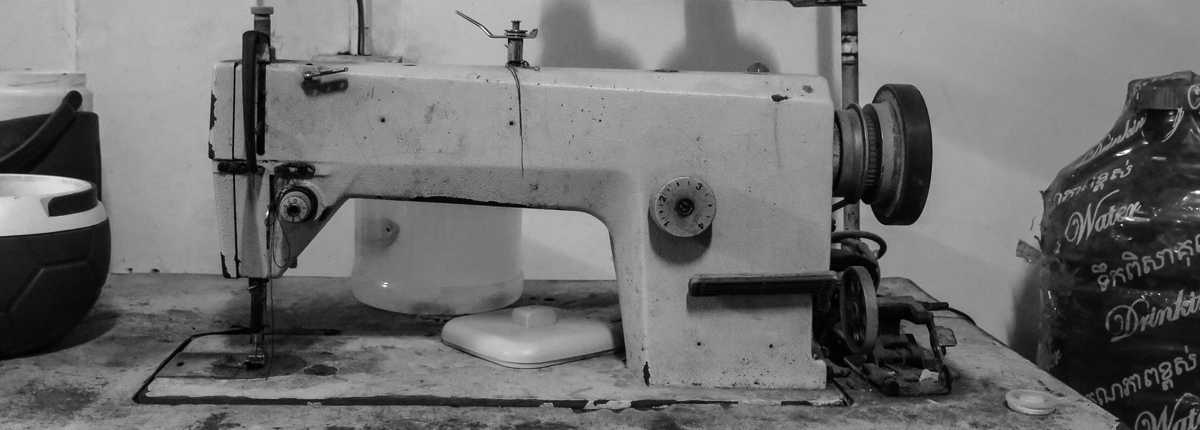What’s life like for Cambodian garment workers? Sokhaeng’s story.
8 years ago
It is the first Saturday of July 2016, and the streets of Phnom Penh’s Meanchey district—an area concentrated with garment factories—are relatively calm.
It is late morning, and food vendors are preparing for the busiest time of the day: lunch. They put small helpings of rice, vegetables, and fish into little plastic bags, hastily organizing their offerings on top of their pushcarts for easy perusal. Their work is rhythmic: pack, tie, and place, pack, tie, and place. In front of them, motorbikes weave past each other, a scene of organized chaos with the mid-pitch hum of tiny engines as the soundtrack.
By noon, dozens of the factories that dot this area have opened their doors and thousands of garment workers are filling the streets. Girls and women pull off headscarves and facemasks even as the marching crowd kicks dust into the air. The market turns into a feeding frenzy as workers hastily snatch up bagged lunches for a couple thousand riels.* Some go back to the factory grounds to eat and rest. Others find informal bars and restaurants and watch TV. Pregnant workers stretch gingerly. Within the hour, they will all be back at their stations, cutting and sewing garments for a range of multi-national brands.
Sokhaeng’s story
Somewhere in the crowd, Sokhaeng stands near a vendor, debating between fish with a mango relish or rice and vegetables for her lunch. She will make her purchase and return to the sea of workers flowing in and out of factory gates.
Sokhaeng is one of the thousands of women who sit at a sewing machine for hours, turning pieces of cloth into garments destined for Western markets. She is also one of 187 women in Cambodia participating in the Garment Worker Diaries, a yearlong project capturing data on the lives of garment workers.
Sokhaeng’s story, which includes data from the first week in July 2016 to the second week in November 2016, is relevant because the data so far suggest that it is indicative of the experience of our sample of garment workers. She lives in a home that is typical for garment workers in Phnom Penh and has similar demographic and economic characteristics. Her experience in her factory is characteristic of those of the other women we interviewed and her day-to-day activities are reflective of the rhythms of these women’s lives. In other words, Sokhaeng’s story illuminates the experience of garment workers in our study generally.
To find out what Sokhaeng has done to scrape by on the low pay she receives as a garment worker, read the report below. Will she be able to afford her dream of becoming a beautician and provide for her family’s basic needs at the same time?
Read her story (pdf)
Read the summary (2 page pdf)









